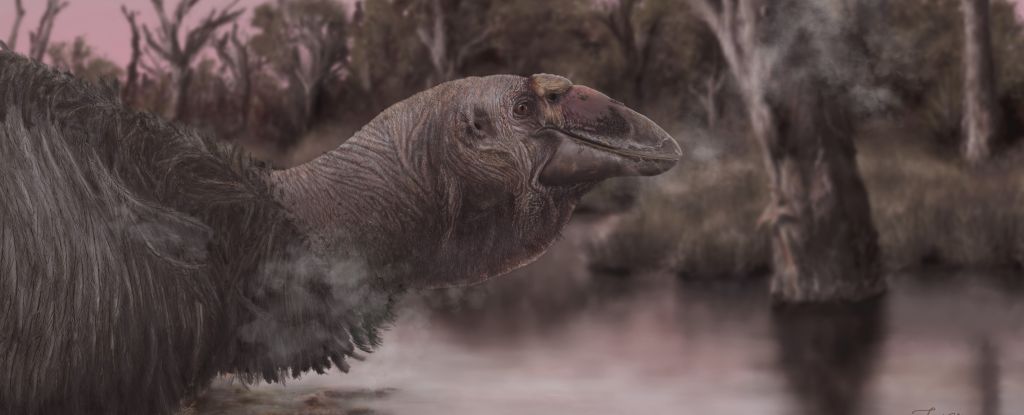
prepping.com
Totally Not World War 3... | Bear Brief 3JUN24
NATIONAL SELF-DELETE PREVENTION HOTLINE: DIAL '988' NEW OPFAK KIT: https://www.refugemedical.com/products/op-fak BEAR INDEPENDENT SWAG: https://www.bearindependent.com/collections/swag-merch Join the Patreon Fam: https://www.patreon.com/tjmorrisntxmag Alternate Channel - Blue Collar President: https://www.youtube.com/@bluecollarpresident8878 BEARFAKS BACK IN STOCK: https://www.refugemedical.com/products/bearfak-individual-first-aid-kit Your promo code for free shipping on everything in the store from refugemedical.com is "Bear Nation" for all kits, components, and modules. Always HSA & FSA Eligible. Made in the USA, guaranteed forever, ONE HUNDRED AND THREE lives saved to date. THANK YOU FOR YOUR SUPPORT at https://www.grindstoneministries.com we couldn't do this without your continued support. SUPPORT OUR ANTI-HUMAN TRAFFICKING INITIATIVES: Kaleb House website: https://www.kalebhouse.org/ SAWS Shirt from Sanctified Supply Co: https://sanctifiedsupplyco.com/products/facts-not-feelings-saws-t-shirt KALEB HOUSE SWAG: https://grindstoneministries.com/collections/all MOOSE RUN COFFEE: http://www.mooseruncoffee.com















